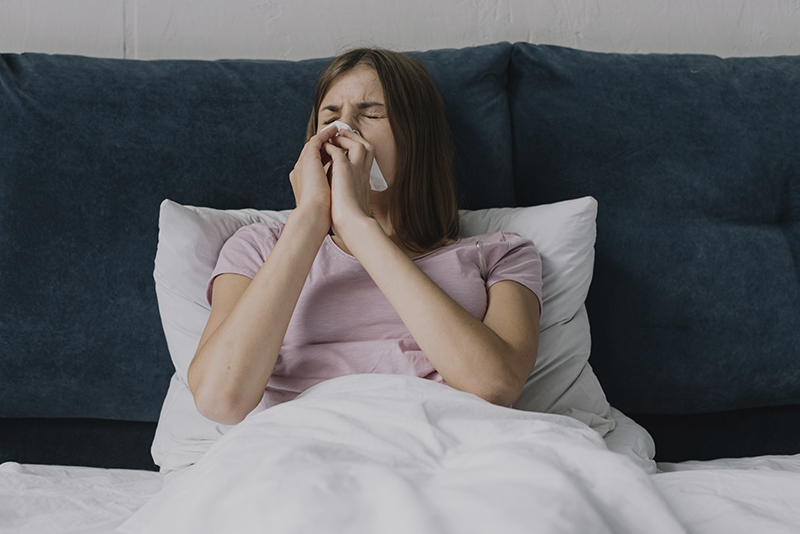Gökkaya M, Damialis A, Nussbaumer T, Beck I, Bounas-Pyrros N, Bezold S, Amisi MM, Kolek F, Todorova A, Chaker A, Aglas L, Ferreira F, Redegeld FA, Brunner JO, Neumann AU, Traidl-Hoffmann C, Gilles S.
J Allergy Clin Immunol. 2020 Apr 6. pii: S0091-6749(20)30419-X. doi: 10.1016/j.jaci.2020.02.037. [Epub ahead of print]
The exposition to airborne pollen is the main cause of seasonal allergic rhinitis. This exposition induces local and systemic allergic immune responses in sensitized and non-sensitized individuals. The mechanisms of action of the expression of symptoms under natural pollen exposure is not fully understood. The aim of this study was to monitor the humoral immune response under natural pollen exposure to categorise and understand nasal biomarkers for in-season symptom severity and to identify protective factors.
50 participants with seasonal allergic rhinitis and non-allergic rhinitis were included from November 2015 to October 2016. Immune monitoring to compare humoral immune response kinetics and cross-sectional and interseasonal differences in levels of serum and nasal, total and Bet v 1-specific immunoglobulin isotypes, immunoglobulin free light chains, cytokines and chemokines was performed every 4 weeks out of season and bi-weekly within the main pollen season. Nasal immune variables were registered with non-supervised principal component analysis and single immune variables were correlated with in-season severity by Spearman test.
Participants with seasonal allergic rhinitis had symptoms in 0 to 13 days after airborne pollen exposure, depending on the pollen type. 4 out of 7 non-allergic participants also exhibited in-season symptoms. Non-allergic participants had lower cumulative symptoms than participants with seasonal allergic rhinitis but followed the pollen exposure with similar kinetics. Seasonal allergic rhinitis participants had higher levels of nasal eotaxin-2, MDC and MCP-1, non-allergic participants had higher levels of IL-7. Non-supervises principal component analysis and Spearman correlations identified nasal IL-8, IL-33, Bet v 1-specific IgG4 and sIgE antibodies a prognostic for seasonal symptom severity.
Nasal IL-8, IL-33, sIgG3 and sIgE could be predictive biomarkers for pollen-specific symptom expression, irrespective of atopy, while nasal pollen-specific IgA and IgG isotypes seem to be potentially protective within the humoral compartment.





